Solar panel ideas: Get inspired by these clever eco projects
Looking to include solar panel ideas into your home design? Take a look at our favourite projects which seamlessly include this popular renewable technology
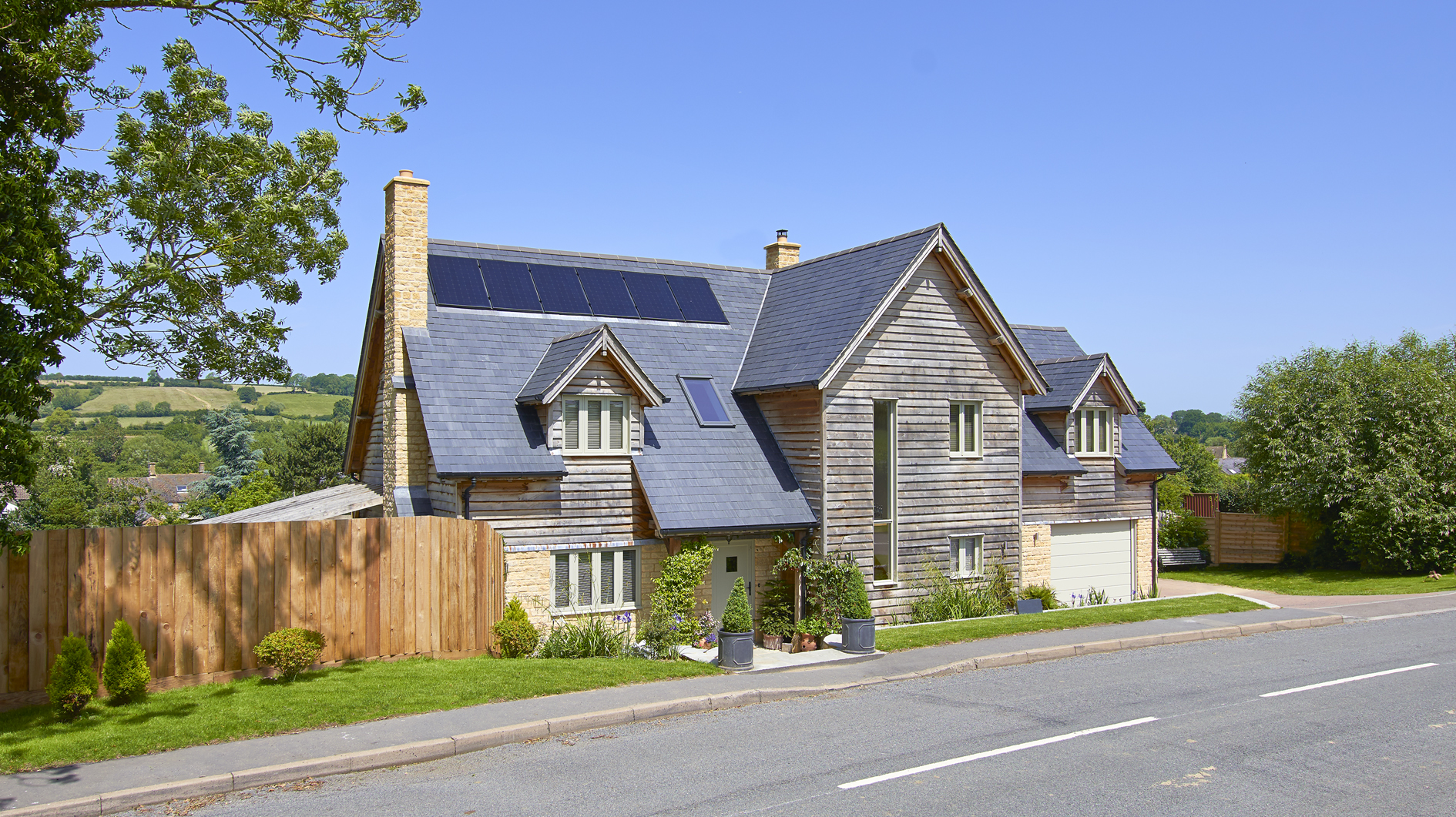
Including solar panel ideas in a self build, renovation or conversion project is a readily-available way to improve your homes eco credentials and reduce your energy bills to boot — but they don't have to be an eye-sore!
One of the most popular of domestic renewable systems, solar PV (photovoltaic) panels are a quiet, low-maintenance option which is, generally, relatively inexpensive to install (in the terms of renewable technologies).
However, due to their required prominent position, usually on the roof, to achieve maximum efficiency, some homeowners might be hesitant to include solar panels and view them as an unsightly grey blight on top of their dream home.
Here, we have collected some of our favourite projects who have dedicated their projects to fighting the good fight without negating their hard-won efforts of self build or renovation.
Solar panel ideas: What is possible?
A south-facing roof pitch between 30º and 40º is generally best for efficiency for solar panels (depending on the part of the country you're in) but this can be achieved in a number of ways, not just the immediately obvious.
Considering roofing material, size of solar panel, any outbuilding on the plot and different mounting systems before jumping the gun and being left with a finish you're unhappy with.
1. Put solar to the side
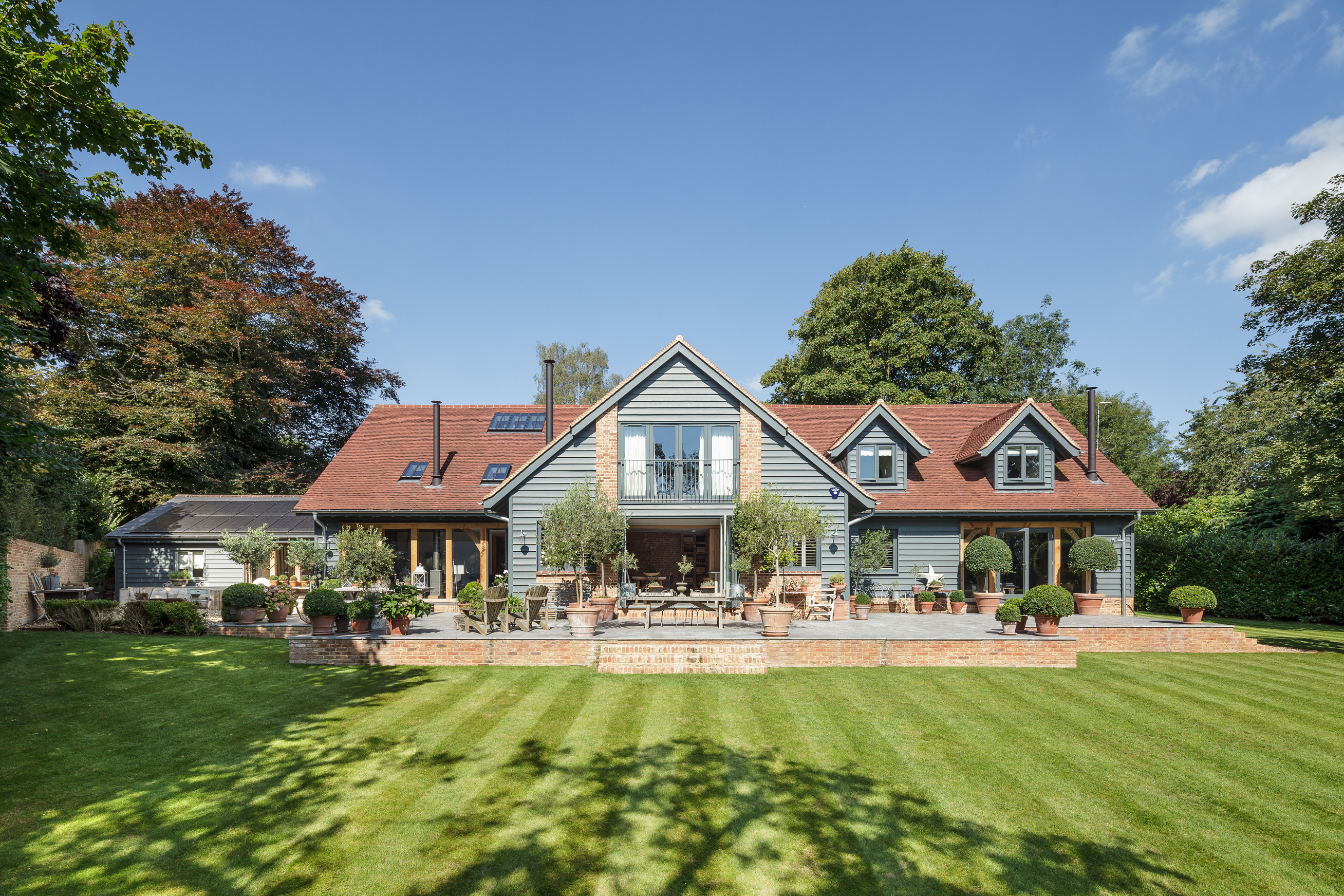
Consider side or outbuildings on which to locate solar panels to keep the main building true to the architectural design.
In keeping with the barn-style aesthetic of this self build, the homeowner decided to install their solar panels on the roof of the neighbouring annexe.
Installing solar panels in this way can also assist if the roof pitch or orientation of the main house isn't optimal.
2. Hide away solar panels on a flat roof
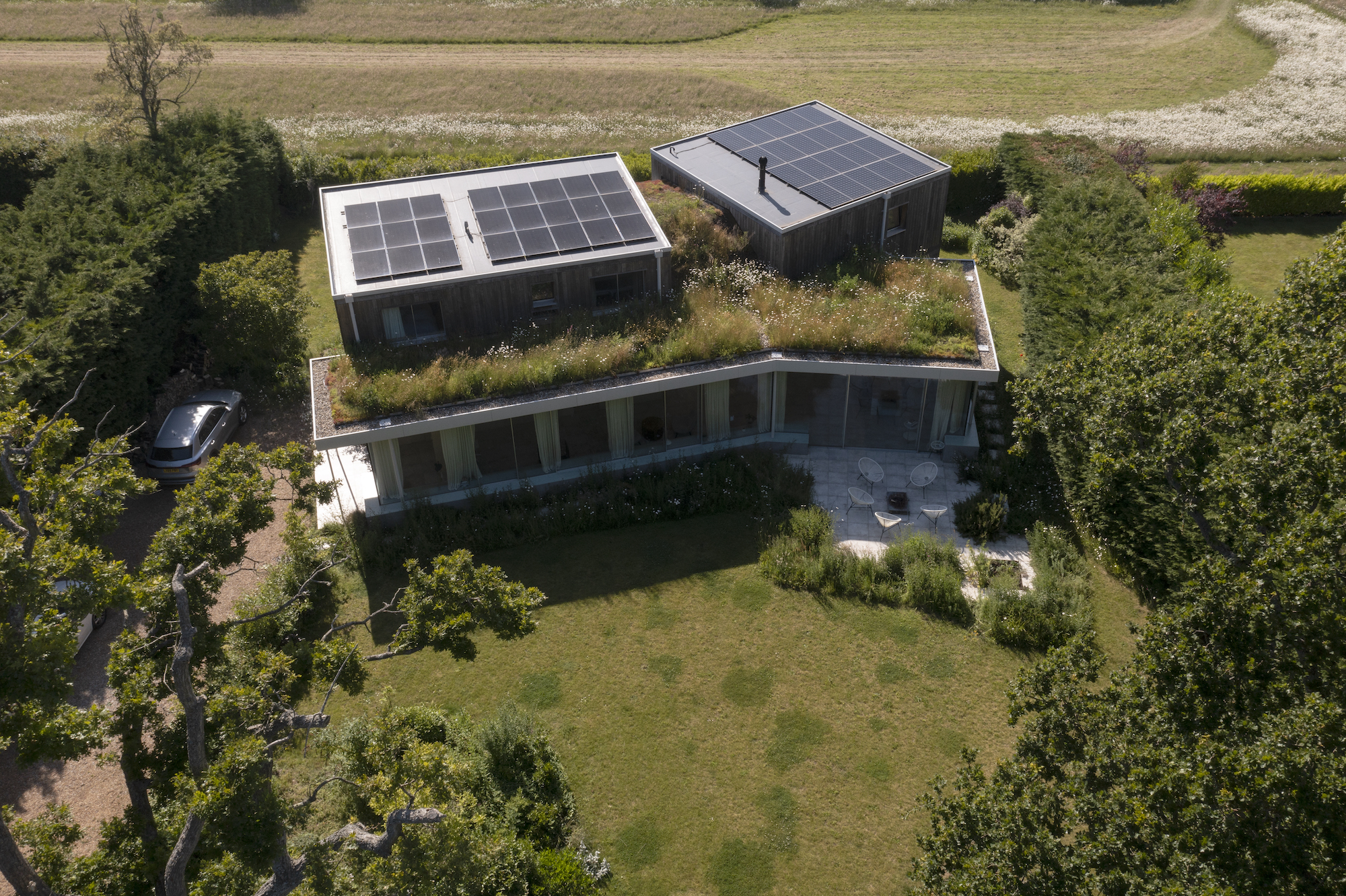
Installing solar pv panels on a flat roof is one step towards concealing their view from the ground, but this sustainable home includes raised sections which further hide the panels from view.
Every inch of this self build eptimises an eco home in a stylish way — from the timber cladding to the green roof.
3. Consider integrated solar tiles
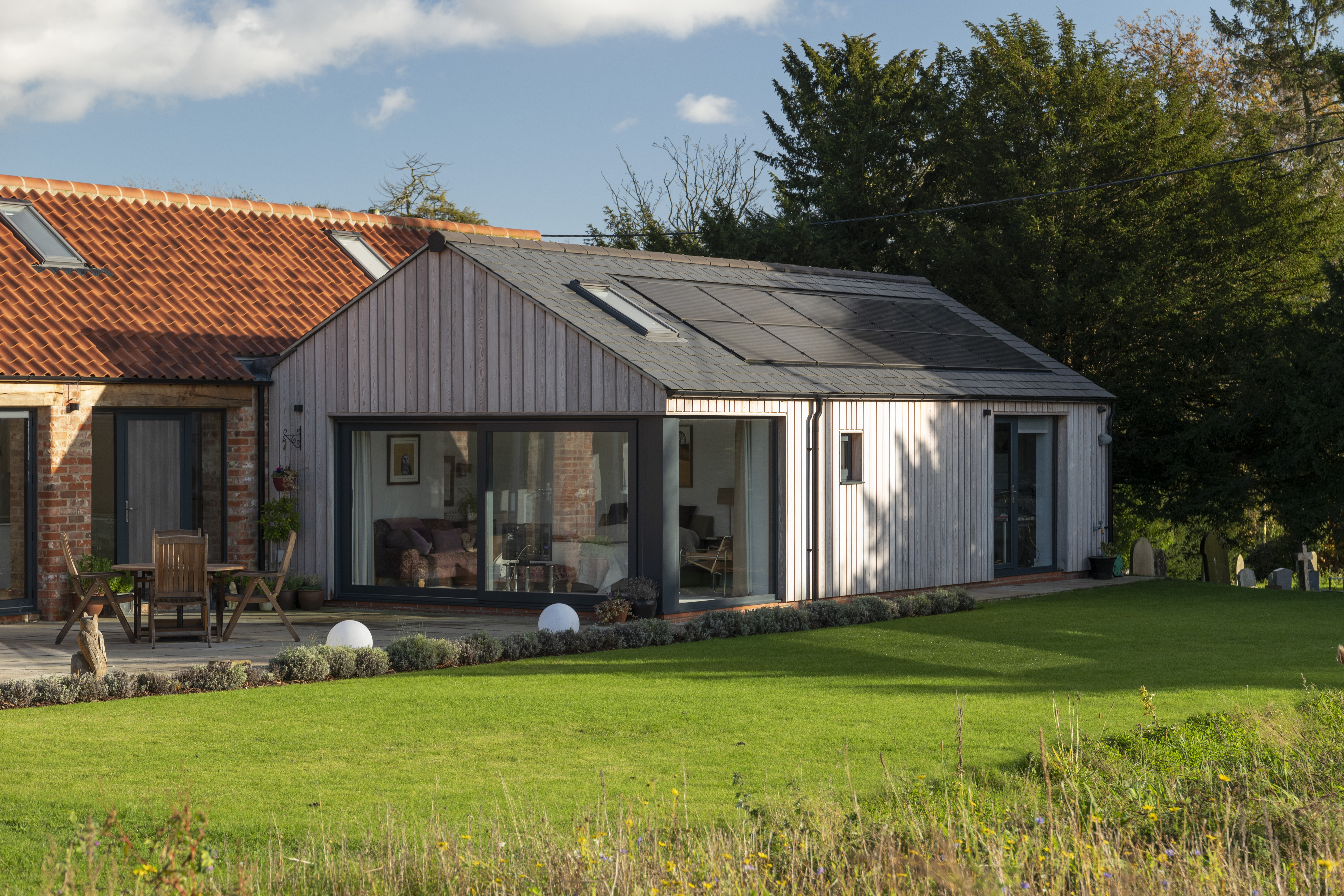
While most solar panels should be installed 150mm away from the roof structure, integrated panels can be situated much closer, giving a more natural appearance to the exterior.
While this might increase the cost of solar panels, the result is more than worth it if aesthetics is a concern and you're looking to replace or repair a roof anyway.
Here, the solar panels fit beautifully alongside the rooflight and slate roof.
4. Hide within the house design
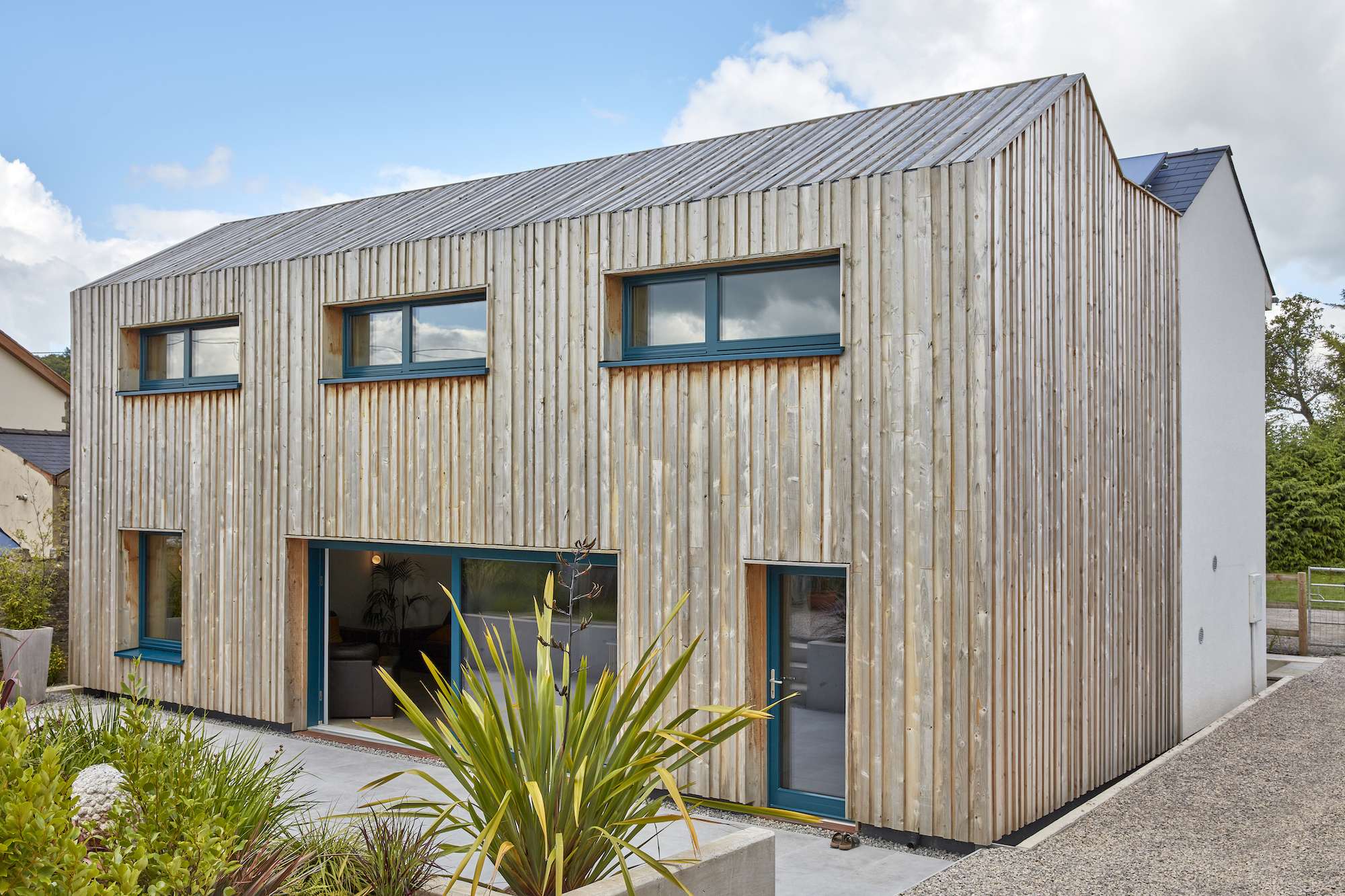
This self build Passivhaus cleverly positioned their solar panels within the valley of their double-pitched roof.
To comply with planning conditions and to give a gentle nod to the cottage which once stood on the plot, the house design features a traditional front with a more modern rear, giving the impression of a double-storey extension.
The pitched roofs of the two sections allowed the PB and solar thermal panels to be positioned in such a way that they aren't immediately obvious unless you're looking for them.
5. Use angles to your advantage
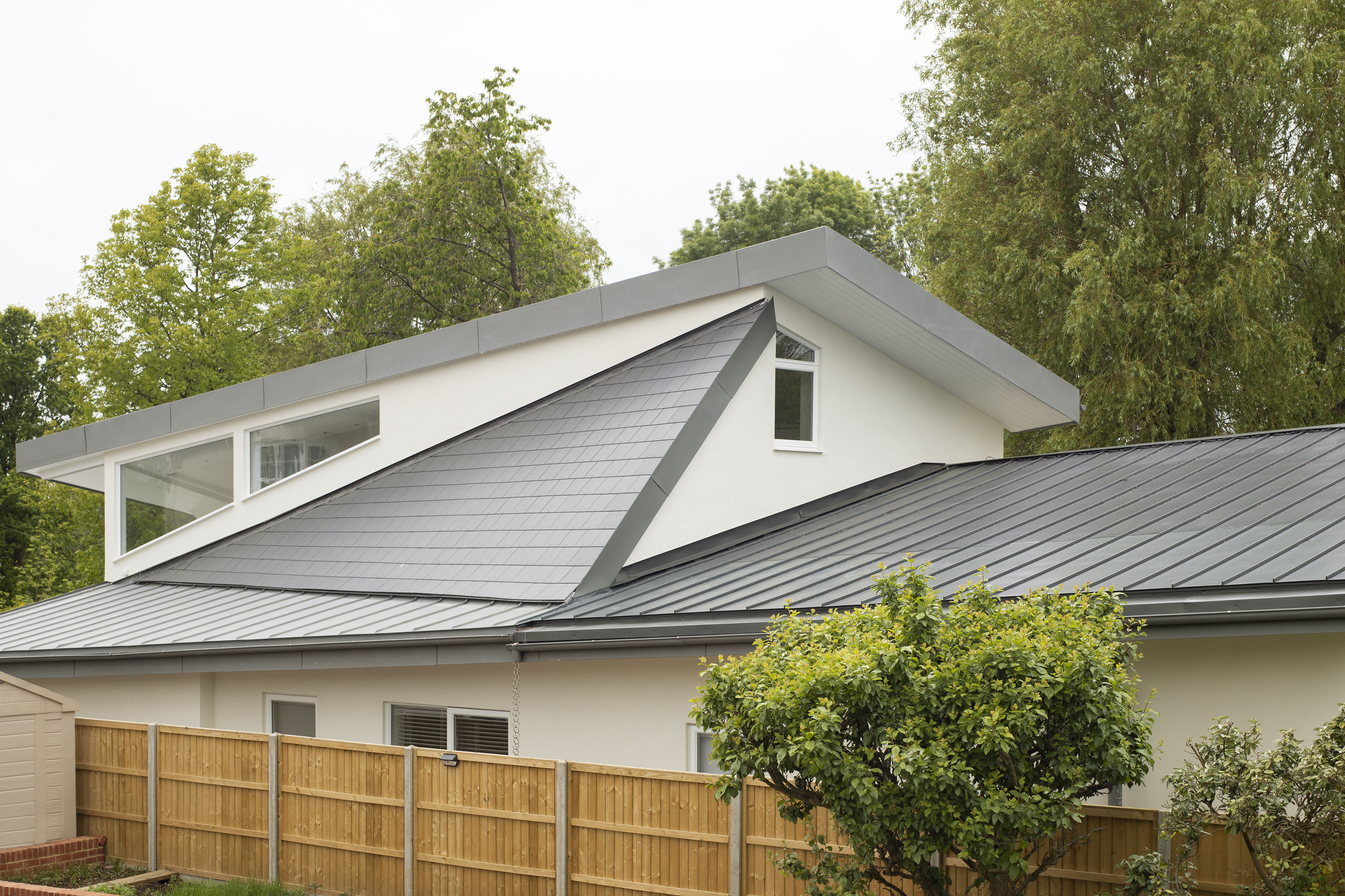
This timber frame self build was planned to be as ’green’ as possible, including a sedum roof, Polyflor LVT flooring (chosen for its A rating from BRE) and, of course solar panels.
Interestingly, the angular design of the roof allowed the solar panels to be added at the south-facing rear of the house at the correct angle, blending into the zinc cladding which details the eco-house.
6. Blend solar panels with the roof material

The magnificent blend of contemporary and traditional in this oak-framed house meant the completely glazed gables had to be positioned facing north, allowing the more conservative oak-clad front to face south, perfect for adding a few solar panels.
The local Cotswolds stone blends seamlessly with both the countryside surrounding and the solar array.
7. Move solar panels to a different space
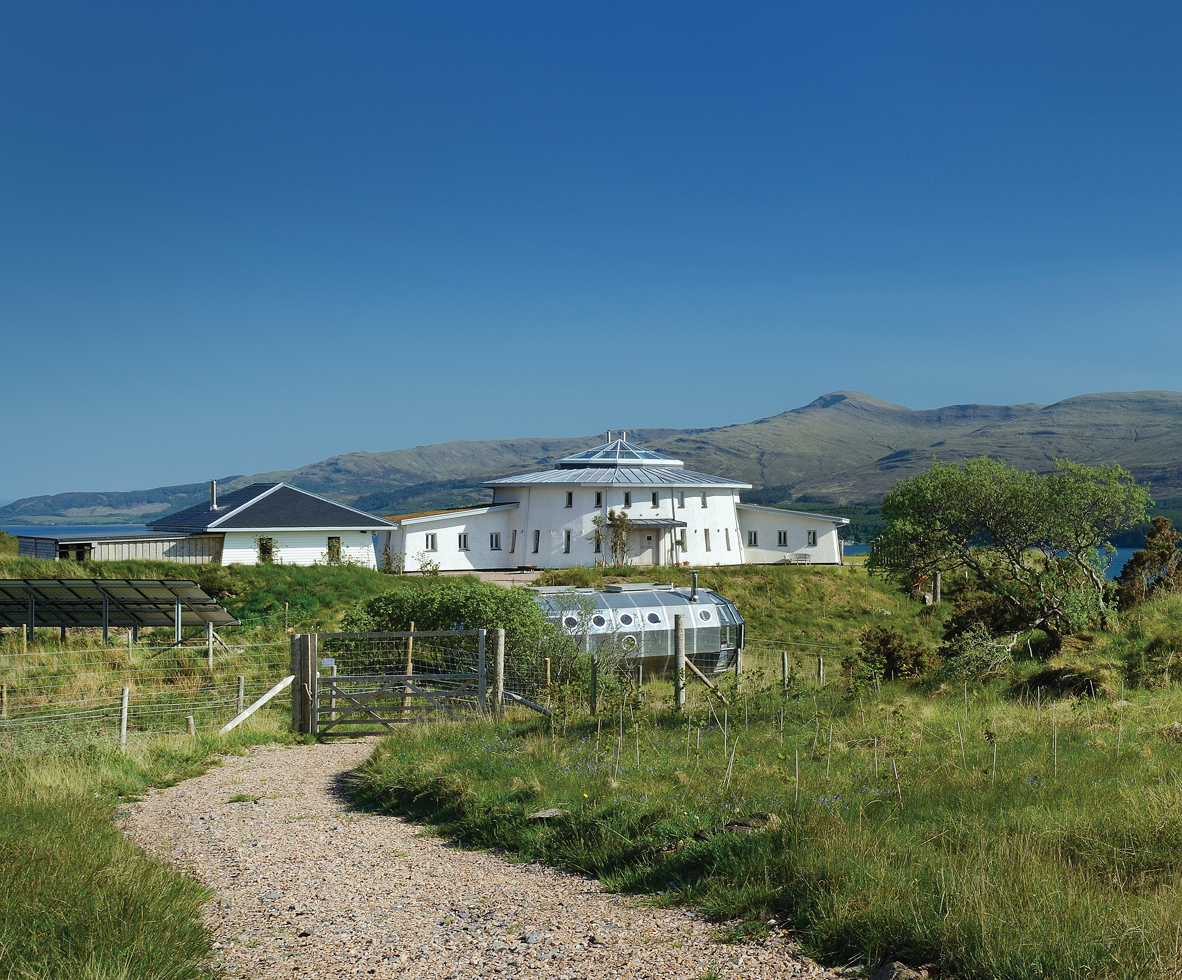
All the electricity for this solar powered house in Scotland is generated by 15kW of ground-mounted PV solar panels.
The panels were outsourced to the edge of their property rather than disrupt the sculptural roof design. (The panels can be seen in the centre of the image behind grass and a fence.)
Surplus heat is stored in the thick concrete beneath the timber floors.
8. Add solar panels to a wing or separate section
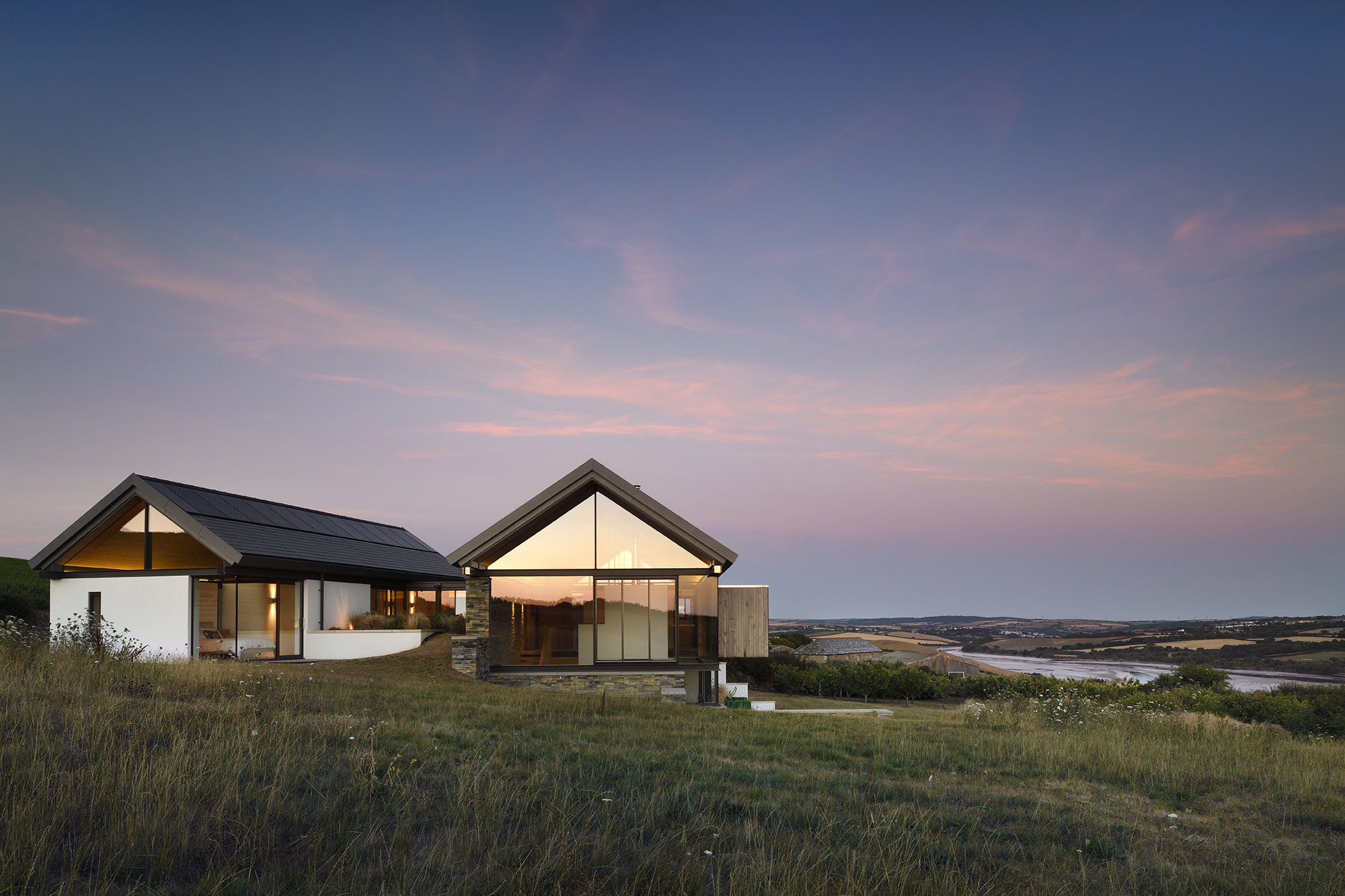
For a more subtle solar panel installation, place the renewables on a lesser seen section or wing of the house (perhaps around the back or to the side). Obviously this will only work if the orientation and pitch are right, but the result away from the front of the house is worth the effort of exploring the possibility.
This V-shaped eco house includes a single strip of solar panels along the roof of one of the wings’ internal-facing slopes. These, together with an air source heat pump, drive the underfloor heating throughout.
Still have some concerns about solar panels? We help dispel 12 myths about solar so that you can put your worries to bed.
Get the Homebuilding & Renovating Newsletter
Bring your dream home to life with expert advice, how to guides and design inspiration. Sign up for our newsletter and get two free tickets to a Homebuilding & Renovating Show near you.
Amy is an interiors and renovation journalist. She is the former Assistant Editor of Homebuilding & Renovating, where she worked between 2018 and 2023. She has also been an editor for Independent Advisor, where she looked after homes content, including topics such as solar panels.
She has an interest in sustainable building methods and always has her eye on the latest design ideas. Amy has also interviewed countless self builders, renovators and extenders about their experiences.
She has renovated a mid-century home, together with her partner, on a DIY basis, undertaking tasks from fitting a kitchen to laying flooring. She is currently embarking on an energy-efficient overhaul of a 1800s cottage in Somerset.

